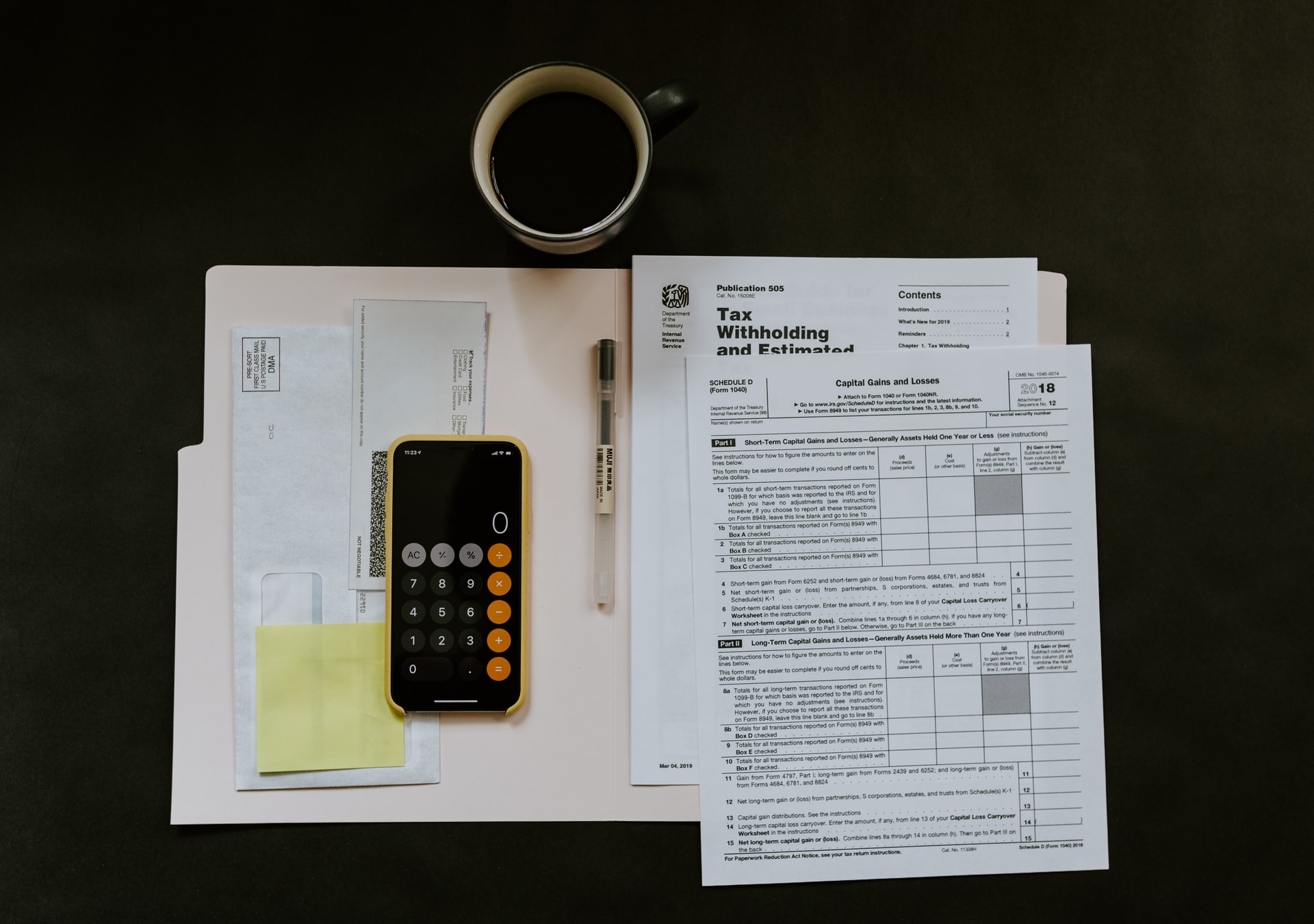Compund interest can be one of the best ways to increase your money. In this article we explain how to use compound interest to get your money work for you.
When it comes to saving money, compound interest is the easiest way to make your money grow. If you're like most people, you probably dread the thought of doing your taxes. But what if there was an easy way to calculate compound interest? Well, there is! This article will teach you how to calculate compound interest so you can start making your money work for you. So read on for all the details!
Compound Interest 101
When you're investing money, you'll often hear the term "compound interest." Compound interest is one of the most important concepts to understand when it comes to investing, and it's also one of the easiest to calculate. It's especially easy if you use a compound interest calculator online. Compound interest is a type of interest that builds on top of itself over time. This means that the more money you have in your account, the more interest you'll earn on that money. For example, if you have $100 in an account that earns 5% compound interest per year, at the end of the first year you'll have $105. The next year, you'll earn 5% interest on the $105, which comes out to $5.25. This means that you now have a total of $110.25 in your account. As you can see, compound interest can add up over time! There are two main things to remember about compound interest:
- The more money you have in your account, the more interest you'll earn.
- Compound interest is calculated based on the account balance at the end of each year (or another period).
How Compound Interest Works
Here's a quick example to illustrate how compound interest works on a larger scale. Let's say you have a $1,000 investment that earns 10% compound interest per year. At the end of the first year, you'll have $1,100 in your account. The next year, you'll earn 10% interest on the $1,100, which comes out to $11. This means that you now have a total of $1,111 in your account. As you can see, your investment has grown by $11 over two years. And this growth will continue each year as long as the investment continues to earn 10% compound interest. Now imagine if you had started with a larger investment, like $10,000. At 10% compound interest, your investment would grow by $1,000 each year. In just 10 years, your investment would have doubled in size!
How To Calculate Compound Interest
If you're interested in calculating compound interest manually, here's the formula:
A = P(1 + r/n)^nt
Where:
- A is the future value of the investment
- P is the present value of the investment
- r is the annual rate of compound interest (expressed as a decimal)
- n is the number of times the interest is compounded per year
- t is the length of time, in years, for which the investment is compounded
For example, if you have an investment that earns 5% compound interest and you want to know how much money you'll have after 3 years, you would plug the following values into the formula:
- A = P(1 + r/n)^nt
- A = 1000(1 + 0.05/1)^3
- A = 1000(1.05)^3
- A = 1157.625
This means that if you start with a $1,000 investment and earn 5% compound interest per year, you'll have $1,157.625 after 3 years. You can use this same formula to calculate compound interest for any period and interest rate. Just be sure to use the correct values for each variable in the formula. For example, if you're calculating compound interest for 10 years, be sure to use 10 as the value for t.
Benefits of Using A Calculator
If you don't want to do the math yourself, there's no need to worry. There are plenty of compound interest calculators available online that will do the work for you. All you need to do is enter the present value of your investment, the annual interest rate, and the number of years you plan to invest. The calculator will then give you the future value of your investment. For example, let's say you have a $5,000 investment that earns 6% compound interest per year. If you use a compound interest calculator, you'll see that after 10 years your investment will be worth $8,441. This means that your investment will have more than doubled in size over 10 years!
Compound interest is a powerful tool that can help you grow your money. By investing early and often, you can take advantage of compound interest and watch your money grow over time. Just be sure to use a calculator to figure out how much your investment will be worth in the future so that you can make informed financial decisions.












